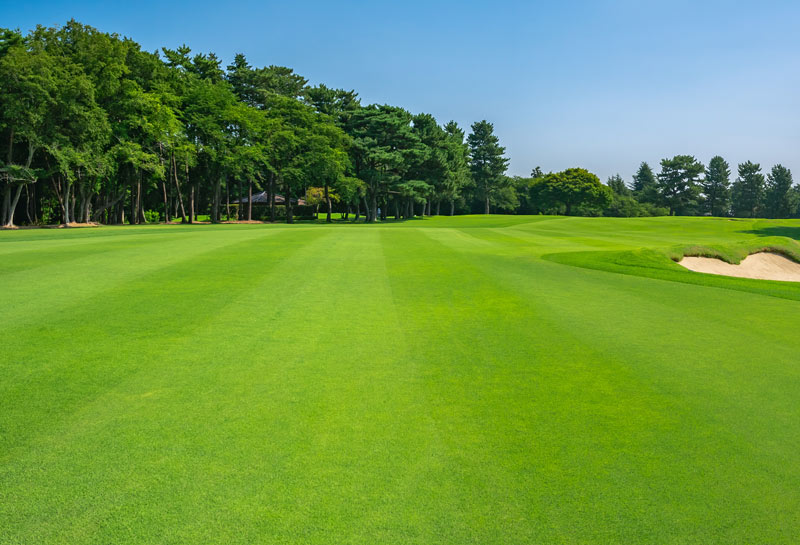
GCSAA funds applied agronomic, environmental and regulatory research that will benefit golf course superintendents and the golf courses they manage. Photo by Adobe Stock
Research grants from GCSAA are supporting five new research projects at universities across the country in 2021.
The projects, which were selected by a committee that included two members of the GCSAA Board of Directors, superintendents, university researchers and professional scientists, will receive a total of $144,719 from a block grant to GCSAA from the Environmental Institute for Golf (EIFG), GCSAA’s philanthropic organization.
The new research projects are:
Investigation of water submersion tolerance of fine fescues (Festuca spp.) in comparison to other cool-season turfgrass species
Aaron Patton, Ph.D.
Purdue University
Funded through the EIFG’s O.J. Noer Research Grant
Effects of plant growth regulators on putting green aerification recovery
Alec Kowalewski, Ph.D.
Oregon State University
Funded by the EIFG’s Mark Kizziar Research Grant and Chapter Cooperative Research Program in collaboration with the Oregon Turfgrass Foundation
Late-season nitrogen management for bermudagrass fairways in the southern United States
Benjamin Wherley, Ph.D.
Texas A&M University
Funded by the Aquatrols’ Robert A. Moore Endowment with matching funds through the Texas A&M University Department of Soil and Crop Sciences
Optimizing the use of annual bluegrass weevil to control annual bluegrass in creeping bentgrass fairways
Albrecht M. Koppenhöfer, Ph.D.
Rutgers University
Funded through the EIFG’s Dr. Michael J. Hurdzan Endowment and Chapter Cooperative Research Program in collaboration with the New Jersey Turfgrass Foundation, GCSA of New Jersey Foundation, Long Island GCSA and Metropolitan GCSA
Understanding false-green kyllinga biology for integrated management in cool-season turfgrass
Matthew Elmore, Ph.D.
Rutgers University, in collaboration with Aaron Patton, Ph.D., Purdue University
Funded through the EIFG’s Chapter Cooperative Research Program in collaboration with the Midwest Regional Turf Foundation, New Jersey Turfgrass Foundation and GCSA of New Jersey Foundation